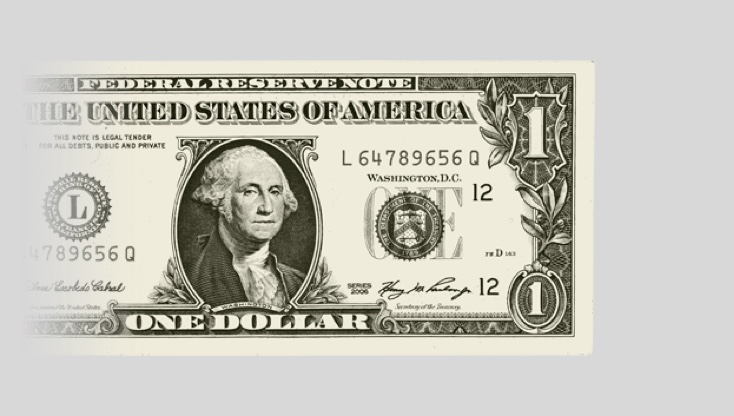The concept of futures trading can seem fairly simple when we’re explaining physical commodities such as agricultural products, metals or crude oil. But things start to get more complex when we enter the intangible world of financial futures.
This is where we get into the business of financial instruments – trading numbers and figures, calculations and data, percentages and indexes. The products may seem abstract, but they are integral to the world’s economies because they enable governments, businesses and financial institutions to manage the costs of doing business.
Three types of financial futures markets
1. The Foreign Currency Market
If you buy products or services in other countries, you must manage the risk of fluctuations in foreign exchange rates.
Example 1
You’re planning a European vacation for your family. The exchange rate you pay when you convert your money is shaped by euro futures.
Example 2
An international company sees its profits from global commerce rise and fall due to swings in these exchange rates. It uses currency futures to stabilize its profits.
Example 3
A manufacturer has a number of investments in foreign factories. It uses currency futures to protect its holdings against currency fluctuations in the countries where these factories are based.
2. The interest rate market
If you lend or borrow money, you must manage the risk of shifting interest rates to ensure a steady level of access to your capital.
Example 1
You are financing a new car. The interest rate you pay on your loan is stabilized by interest rate swap futures.
Example 2
A city art museum wants to manage the value of its endowment. It uses futures to protect itself from changes in U.S. Treasury bond rates.
Example 3
A bank is lending money to a promising small business. Interest rate futures let the bank manage the costs of lending and give the business a more predictable line of credit it can use to hire more people and create new products.
3. The equity index market
If you invest in stocks, you may want to manage the risk of price changes reflected in underlying equity indexes such as the S&P 500 and the Dow Jones Industrial Average.
Example 1
You contribute to a company-sponsored 401k. The investment manager in charge of the program uses equity index futures to balance your portfolio, and protect it against sudden drops in the major stock indexes.
Example 2
A hedge fund makes a large investment on behalf of an institutional client. Equity index futures protect the value of that investment, no matter what happens in the stock market.
Example 3
An individual trader might want to profit from movements in a stock index. He’ll use equity index futures to leverage his portfolio. At the same time, he absorbs the risks of those looking to hedge against those same price movements.



